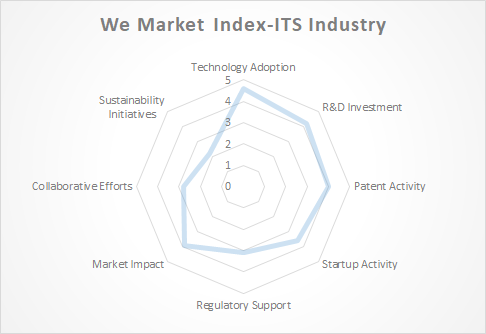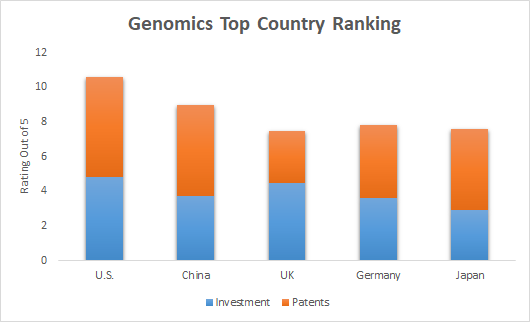Breaking Down Barriers: Innovations in Blister Packaging Recycling
The
Evolving Landscape of Blister Packaging: Sustainable Solutions and
Technological Innovations
The blister
packaging industry, crucial in sectors from pharmaceuticals to consumer goods,
is currently witnessing significant innovations aimed at enhancing
sustainability, efficiency, and consumer convenience. One notable innovation is
the development and adoption of eco-friendly materials and designs to reduce
environmental impact.
Traditional
blister packs often use materials like PVC (polyvinyl chloride), which pose
disposal challenges due to their non-biodegradable nature and potential
environmental harm during manufacturing. In response, manufacturers are
increasingly shifting towards recyclable materials such as PET (polyethylene
terephthalate), PP (polypropylene), and bio-based plastics derived from
renewable sources.
These materials
not only offer recyclability but also maintain the protective properties
necessary for blister packaging, ensuring product integrity while aligning with
global sustainability goals. Moreover, advancements in packaging design are
enhancing functionality and consumer convenience.
Innovations
include easy-open blister packs that reduce the need for additional tools or
excessive force, improving accessibility for all consumer demographics,
including elderly and disabled individuals. This trend towards user-friendly
designs also extends to child-resistant blister packaging, which ensures safety
while complying with regulatory requirements in industries such as
pharmaceuticals and household chemicals.
Blister
Packaging Market Trends and Projections: An In-depth Analysis
The Blister
Packaging market is predicted to develop at a compound annual growth rate
(CAGR) of 6.4% from 2024 to 2034, when it is projected to reach USD 47.94
Billion, based on an average growth pattern. The market is estimated to reach a
value of USD 25.78 Billion in 2024.
The cost of
blister packaging can vary widely depending on several factors such as the type
of material used, the complexity of the design, volume of production, and
additional features like printing and customization. Here are some general pricing
references:
|
Type |
Cost (USD) |
|
Basic PVC
Blister Packs |
$0.05 to $0.20
per unit, |
|
PET Blister
Packs |
$0.08 to $0.30 per unit. |
|
Complex
Designs and Customization |
$0.15 to $1.00 |
Source: We
Market Analysis, European Packaging Institute and Others.
Closing
the Loop: Advancements in Recycling Technologies for Blister Packaging
Blister packs,
commonly used for medicines and vitamins, consist of a combination of plastic
and aluminum foil that is generally not accepted by household recycling
programs. As a result, the majority of these packs end up in landfills or are
incinerated. Globally, approximately 36 million tons of blister packs are
manufactured each year.
There is a
higher pressure on both private and public entities in terms of recycling the
packaging waste, followed to that there are several recent advancements within
the whole supply chain. Recent advancements in recycling technologies for
blister packaging are addressing longstanding challenges posed by their mixed
materials composition, typically a combination of plastic and aluminum foil.
Innovations focus on separating these materials effectively to facilitate
recycling. One promising approach involves developing specialized recycling
processes capable of handling the complex structure of blister packs.
For instance, advanced sorting technologies
using automated systems and optical sensors are being deployed to identify and
separate different materials more efficiently. Additionally, research is
exploring chemical recycling methods that break down blister packaging into its
constituent materials, enabling them to be reused in manufacturing new
products.
These
technological strides aim to increase the recyclability of blister packs,
reduce reliance on landfill disposal or incineration, and contribute to
circular economy principles. As these technologies continue to evolve,
collaborations between industry stakeholders, recycling facilities, and
research institutions will be crucial in scaling up these solutions and making
significant strides towards sustainable packaging practices.
Case Study: How this Australian Recycling program is
turning out to be a game changer within the blister packaging industry
Pharmacycle is
Australia's pioneering program dedicated to recycling both household and commercial
medicinal blister pack waste from start to finish. It offers a convenient and
efficient solution for recycling empty medicinal blister packs.
Pharmacycle has
successfully recycled more than 32 tonnes of blister packaging, equivalent to
over 21 million individual blister packs. They plan to expand their network of
collection points from 400 to 1000 by mid-2024, aiming to further scale the
program with the support of the industry.
Pharmacycle
meticulously weighs and sorts the collected materials, eliminating any
contaminants like unused pills or other medical packaging to ensure purity. The
materials then undergo a process of size reduction and granulation.
Subsequently, an electrostatic separation process, akin to the machinery
employed by Panel Cycle for separating aluminium composite panel (ACP)
cladding, separates the PVC and a small amount of other plastics from the
aluminium.
Conclusion
In conclusion,
blister packaging recycling presents both challenges and opportunities in the
quest for sustainable waste management. The complexity of blister packs,
typically composed of mixed materials like plastic and aluminum foil,
necessitates advanced recycling technologies and processes. Innovations such as
automated sorting systems and electrostatic separation methods are crucial in
effectively separating and processing these materials for recycling.
However,
widespread adoption of recycling practices for blister packaging remains a
critical issue, hindered by limited recycling infrastructure and consumer
awareness. Initiatives like Pharmacycle in Australia demonstrate promising
progress in collecting and processing blister packs, showcasing the potential
for scalable solutions with industry support.
Moving forward,
collaboration among stakeholders—including pharmaceutical companies, packaging
manufacturers, recyclers, and policymakers—is essential to expand recycling
capabilities, improve material recovery rates, and promote circular economy
principles in the blister packaging industry. By addressing these challenges
collectively, we can advance towards a more sustainable approach to managing
blister pack waste.




